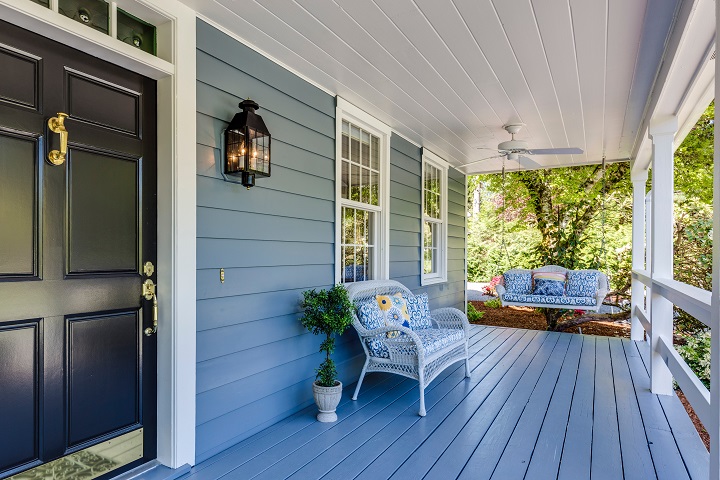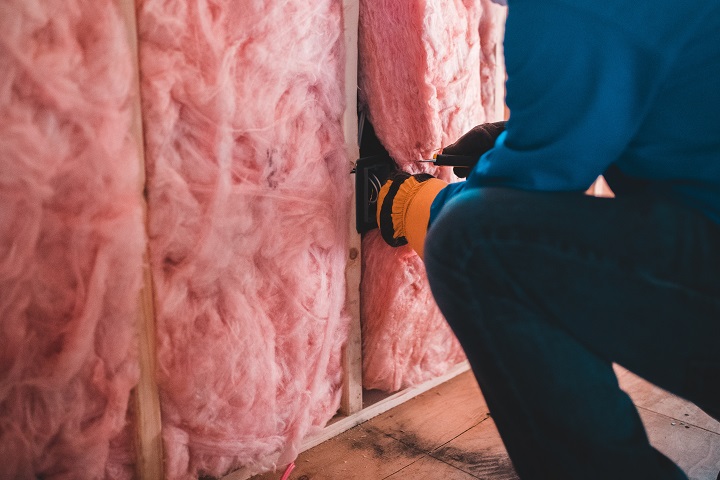Lifestyle
How Can You Heat Your House More Efficiently?
So what steps can you take to heat your house more efficiently? Get peripheral or secondary sources of heat. Invest in a smart thermostat.

When fall and winter finally roll around, homeowners everywhere start thinking about heating and the state of their utility bills. Nobody wants to shiver in the cold during winter, but at the same time, they also don’t want to pay exorbitantly high electricity or natural gas bills.
So what steps can you take to heat your house more efficiently?
Table of Contents
1. Get Peripheral/Secondary Sources of Heat
First, consider getting peripheral and secondary sources of heat. This is especially important if you have a large house. Your central heating unit should be capable of providing adequate heat to your entire home, and somewhat efficiently, but this might be a waste of energy if you’re not using your entire home.
For example, with a propane heater, a fireplace, or an electric space heater, you’ll be able to heat individual rooms, like a living room, bedroom, or office, without necessarily having to heat the entire interior of your house. This can dramatically reduce your energy consumption, while simultaneously allowing you to stay warmer in the rooms that matter most.
Even if you decide to heat your entire house to a certain point, you can concentrate extra warmth into the places that truly need it this way.
2. Invest in a Smart Thermostat
You should also consider investing in a smart thermostat. This marvelous piece of technology allows you to remotely control the temperature of your house and even set an automatic schedule for how your house is heated. This way, you can automatically turn down the heat when you go to work, turn the heater on when you’re away, and have the house come up to temperature just as you arrive. With tighter controls, you can make sure the house is warm enough to stay comfortable whenever you’re home while reducing your total energy expenditures.
Additionally, many smart thermostats have built-in features to allow you to monitor and observe your own heating activity. If you notice any aberrant patterns or if you’re using more energy than you expected, you can investigate and make corrections.
3. Upgrade Your Insulation
If your insulation is subpar, the efficiency of your heating is going to plummet. Homes lose heat in a variety of ways, including through the walls. The job of insulation is to create a thick barrier that prevents heat from being lost too rapidly. Nobody likes the idea of tearing down all their walls and re-insulating, but you may not have to do this. Instead, you can use blown insulation to greatly increase the insulative potential of your home without having to spend a lot of time or money on the project.
If you’re not sure about the quality of your insulation, hold your hand to a few different walls during a cold winter day. Do any of them feel frightfully cold? This is usually an indication of poor insulation.

4. Replace Old Windows
Another heating efficiency problem many people face is old windows. If your windows are decades old, they probably aren’t sealed properly anymore, they’re probably single-paned, and they’re probably a major source of heat loss. Upgrading your windows is a significant expenditure, but it’s a home improvement project that comes with a considerably high return on investment (ROI).
After upgrading your windows, you should see much lower energy bills and you’ll actively increase the value of your house. There are also some added bonuses, such as making your windows much easier to open and shut.
5. Take Care of Your Furnace
Take good care of your furnace so it continues operating efficiently. At minimum, you should swap out your air filter at least twice a year, and more frequently in some cases. You should also have your furnace inspected and cleaned out on an annual basis. If your furnace no longer runs efficiently, or if you suspect a problem with it, hire a professional to make repairs or replace the unit entirely.
6. Find and Seal Drafts
Any crack or hole in your house, even a tiny one, could increase your utility bills by causing inordinate heat loss. Accordingly, you should spend some time finding and sealing those drafts. These are especially common in windows and doors.
7. Reverse Your Ceiling Fans
Many people don’t understand this, but ceiling fan directions can be reversed. If you reverse your ceiling fans, you’ll redistribute air throughout your house, ultimately allowing it to be heated more efficiently. It’s counterintuitive to turn your ceiling fans on during the winter, but as long as the direction is reversed, you’ll actively benefit from it.
If your heating bills are higher than you’d like even after making all these changes, you can consider dressing in more layers and knocking down the temperature a few degrees. But for the most part, these strategies should allow you to stay nice and toasty during even the coldest winters without breaking the bank.
-

 Instagram4 years ago
Instagram4 years agoBuy IG likes and buy organic Instagram followers: where to buy them and how?
-

 Instagram4 years ago
Instagram4 years ago100% Genuine Instagram Followers & Likes with Guaranteed Tool
-

 Business5 years ago
Business5 years ago7 Must Have Digital Marketing Tools For Your Small Businesses
-

 Instagram4 years ago
Instagram4 years agoInstagram Followers And Likes – Online Social Media Platform















